Technological Innovations
Technological innovations are playing a pivotal role in shaping the hydropower market in Canada. The advent of advanced turbine designs and digital monitoring systems has the potential to significantly enhance efficiency and reduce operational costs. For instance, the implementation of smart grid technologies allows for better integration of hydropower with other renewable sources, optimizing energy distribution. Moreover, innovations in energy storage solutions are likely to address the intermittency issues associated with renewable energy. As these technologies continue to evolve, they may lead to increased investment in hydropower projects, thereby expanding the market. The focus on research and development in this sector suggests a promising future for the hydropower market, as stakeholders seek to leverage these advancements for improved performance.
Investment in Infrastructure
The hydropower market in Canada is experiencing a surge in investment aimed at modernizing and expanding existing infrastructure. With an estimated $10 billion allocated for hydropower projects over the next decade, stakeholders are focusing on enhancing efficiency and capacity. This investment is crucial as it supports the transition to renewable energy sources, aligning with Canada's commitment to reduce greenhouse gas emissions by 40-45% by 2030. The infrastructure development not only boosts the hydropower market but also creates job opportunities, thereby stimulating local economies. Furthermore, the integration of advanced technologies in infrastructure projects is expected to improve energy output and reliability, making hydropower a more attractive option for energy generation in Canada.
Government Incentives and Policies
Government incentives and policies are crucial drivers for the hydropower market in Canada. The federal and provincial governments have introduced various programs aimed at promoting renewable energy development. For example, the Clean Energy Fund provides financial support for innovative projects, while tax incentives encourage private investment in hydropower. These policies not only facilitate the growth of the hydropower market but also align with Canada's broader environmental goals. The commitment to reducing carbon emissions and transitioning to sustainable energy sources is reflected in these initiatives. As a result, the hydropower market is likely to benefit from a favorable regulatory environment that encourages investment and innovation, ultimately leading to increased capacity and efficiency.
Growing Demand for Renewable Energy
The increasing demand for renewable energy sources is a significant driver for the hydropower market in Canada. As the country aims to achieve net-zero emissions by 2050, hydropower is positioned as a key player in the energy mix. Recent statistics indicate that hydropower accounts for approximately 60% of Canada's electricity generation, highlighting its importance. The shift towards cleaner energy solutions is prompting both public and private sectors to invest in hydropower projects. This growing demand is likely to lead to the development of new facilities and the expansion of existing ones, thereby enhancing the overall capacity of the hydropower market. Additionally, the public's increasing awareness of climate change and the need for sustainable energy sources further fuels this demand.
Public Support for Renewable Initiatives
Public support for renewable energy initiatives is a significant driver of the hydropower market in Canada. As awareness of climate change and environmental issues grows, citizens are increasingly advocating for sustainable energy solutions. Surveys indicate that a majority of Canadians support the expansion of renewable energy sources, including hydropower. This public backing is influencing government policies and corporate strategies, leading to increased investment in hydropower projects. Furthermore, community engagement in hydropower initiatives fosters a sense of ownership and responsibility towards local energy resources. The positive perception of hydropower as a clean and reliable energy source is likely to bolster its development, thereby enhancing the hydropower market in the coming years.


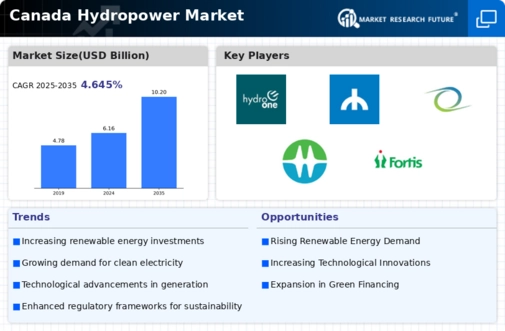
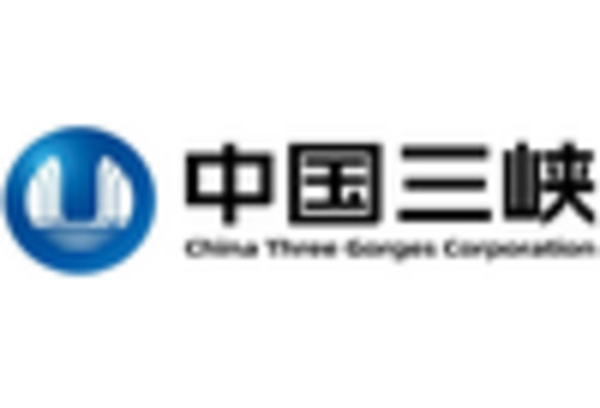
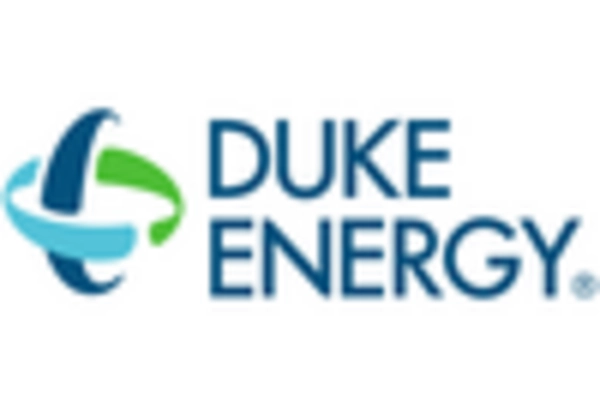
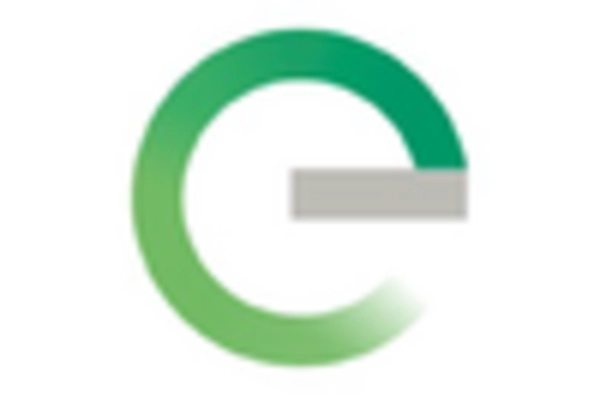
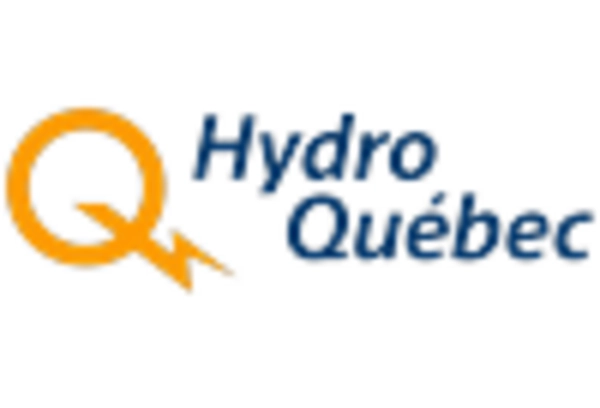










Leave a Comment